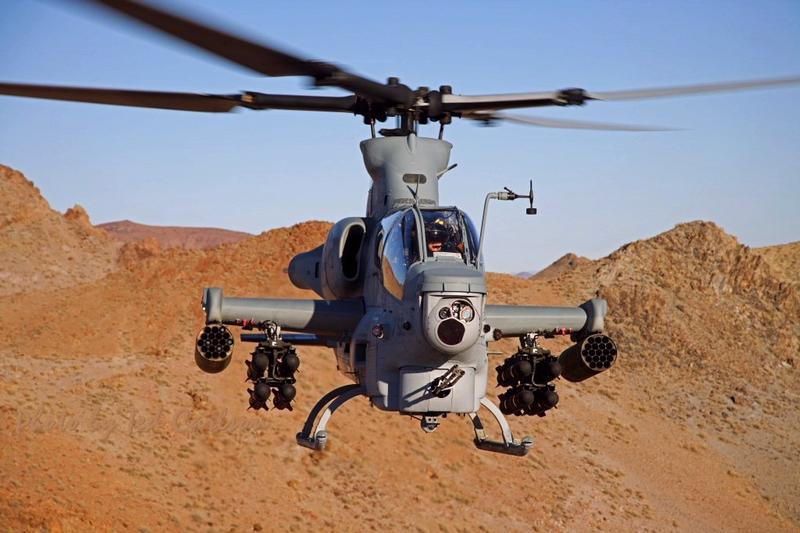‘The AH-1Z Viper is faster and more maneuverable than the heavier AH-64D/E Apache. The drawback to this, however, is firepower,’ Caleb Posey, Apache Helicopter Repairman at US Army
The AH-1 Cobra is a two-blade rotor, single-engine attack helicopter manufactured by Bell Helicopter. It was developed using the engine, transmission, and rotor system of the Bell UH-1 Iroquois. A member of the prolific Huey family, the AH-1 is also referred to as the Huey Cobra or Snake.
The AH-1 was the backbone of the US Army’s attack helicopter fleet but has been replaced by the AH-64 Apache in Army service. Upgraded versions continue to fly with the militaries of several other nations. The AH-1 (AH-1W Super Cobra and AH-1Z Viper) twin-engine versions remain in service with the US Marine Corps (USMC) as the service’s primary attack helicopter.
But what are the differences between Cobra and Apache attack helicopters? And which one is better?
Caleb Posey, Apache Helicopter Repairman at US Army (2018–present), explains on Quora;
‘Well, the modern, AH-1Z Super Cobra (more correctly known as the Viper, but most of the crewmen/Marines I work with call it a Super Cobra, so I will refer to it as such from this point forward) is much lighter than the AH-64D/E Apache, and more aerodynamic as well. It has a modern 4-bladed rotor, and big, shiny new modern engines. This makes it faster and more maneuverable than the heavier Apache. You can see the size difference pretty easily:


‘The drawback to this, however, is firepower. The Super Cobra has a 20mm cannon vs. the Apache’s significantly more powerful 30mm. The payload is also much smaller, and the survivability of the airframe is not as good. The Super Cobra can be thought of as a “medium” attack helicopter, while the Apache is a “heavy.” The Little Bird is more of a “light.”
‘The Marines are the only ones to still use the Super Cobra, as it gives them a nice combination of firepower and mobility (like ease of transport and logistical support in addition to flight characteristics), while the Army prefers the heavier hitting Apache. That’s a very simplified explanation of the two birds, but I think it does the job.’
Posey continues;
‘I will be more specific here:
AH-1Z:
‘(The most powerful version, in current use by the USMC. One landed at my airfield yesterday.)
- Never exceed speed: 222 knots (255 mph, 411 km/h) in a dive
- Cruise speed: 160 kt (184 mph, 296 km/h)
- Range: 370 nmi (426 mi, 685 km)
- Service ceiling: 20,000+ ft (6,000+ m)
- Rate of climb: 2,790 ft/min (14.2 m/s)
AH-64E:
‘(The most powerful version in service, slowly replacing the older D model. I work on the E models daily.)
- Never exceed speed: 197 knots (227 mph, 365 km/h)
- Cruise speed: 143 knots (165 mph, 265 km/h)
- Range: 257 nmi (295 mi, 476 km) with Longbow radar mast
- Service ceiling: 21,000 ft (6,400 m) minimum loaded
- Rate of climb: 2,500 ft/min (12.7 m/s)
Posey concludes;
‘As you can see, the NEWEST version of the AH-1 is faster, with faster rate of climb, than the newest version of the AH-64 Apache.’
Photo by U.S. Army and U.S. Marine Corps

